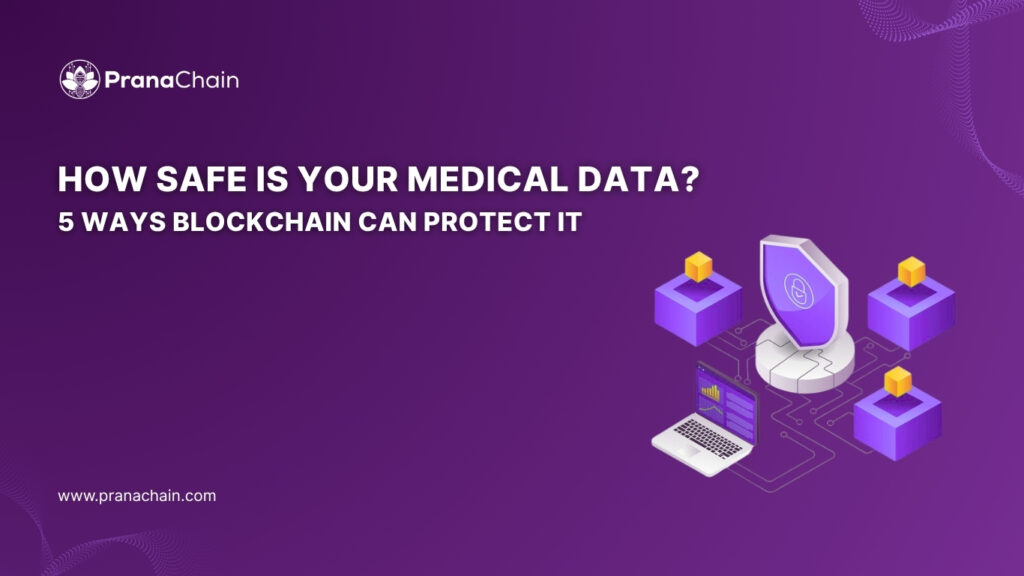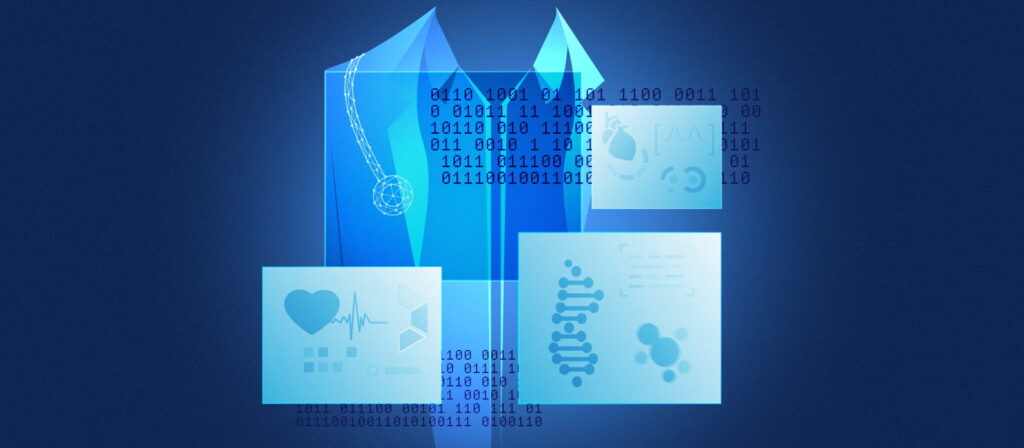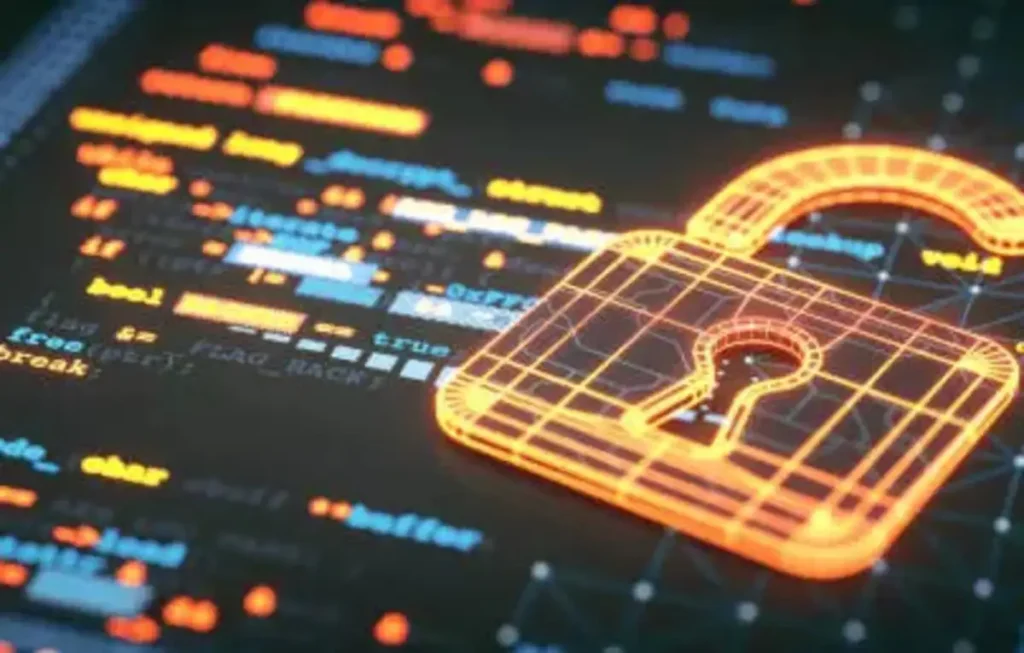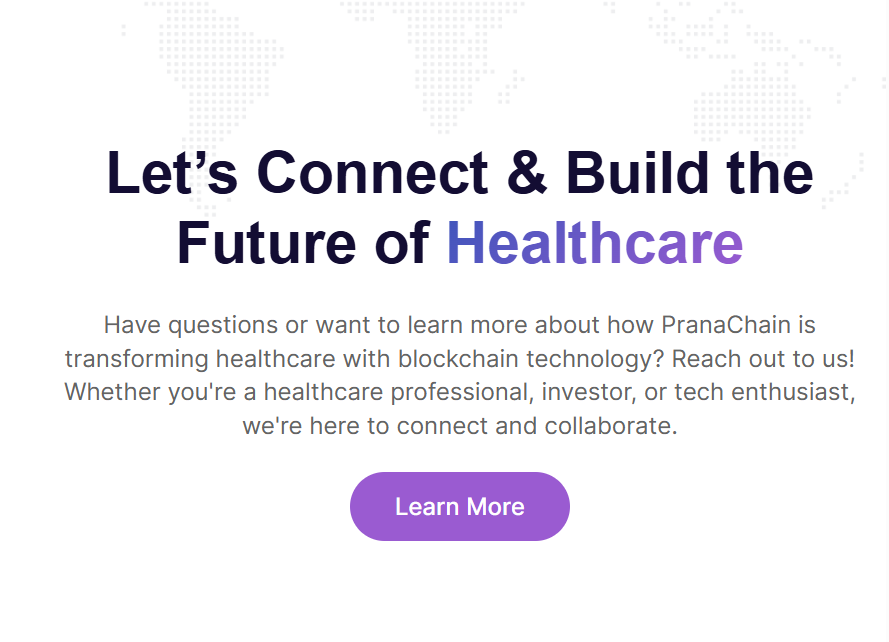
Health data privacy is no longer just a technical concern; it’s a personal one. In 2025, the amount of digital medical information being collected, stored, and shared has skyrocketed. But as access to health records grows, so do the risks of data breaches, misuse, and loss of control.
In fact, according to the U.S. Department of Health and Human Services, more than 88 million individuals were affected by healthcare data breaches in 2023 alone. Most of these incidents were due to vulnerabilities in centralized systems, a problem blockchain is uniquely positioned to solve.
At Pranachain, we’re building a blockchain-powered infrastructure to restore trust, transparency, and true ownership to your health data. In this post, we’ll break down exactly how blockchain works to protect medical records and why health data privacy is one of the most urgent digital rights of our time.
Why Health Data Privacy Is Under Threat
Healthcare systems rely on centralized databases that often lack encryption, are outdated, or give third-party vendors too much access. That leads to:
- Unauthorized data access and resale
- Identity theft using medical data
- Loss of patient control over how their data is shared
- Non-compliance with privacy laws (like GDPR or HIPAA)
Blockchain technology, by contrast, offers a privacy-first, patient-centric alternative.

1. Decentralization Improves Health Data Privacy
Traditional data storage involves storing records in a centralized server, meaning a hacker only needs to breach one location to gain access to thousands (or millions) of medical records.
Blockchain works differently. It stores encrypted records across a distributed network. There’s no single point of failure, which makes unauthorized access exponentially harder.
Feature | Centralized Systems | Blockchain-Based Systems |
Data Storage | One central server | Decentralized across nodes |
Risk | Single point of failure | Highly resilient architecture |
Privacy | Controlled by third parties | Controlled by the patient |
With platforms like Pranachain, this decentralized structure forms the backbone of our health data privacy promise.
2. End-to-End Encryption Locks Out Intruders
Every piece of data on a blockchain is encrypted before, during, and after transmission. Unlike traditional systems where data might travel unencrypted between systems, blockchain ensures your records are locked with military-grade security.
Pranachain uses AES-256 encryption combined with zero-knowledge proofs to ensure that even the network operators can’t view your personal health details; only you and the parties you authorize can.
3. User-Controlled Access You Decide Who Sees What
In today’s systems, your doctor, insurance provider, and even third-party billing companies often access your health records without your explicit consent.
Blockchain fixes this. You, as the patient, hold the key. Literally.
Through smart contracts, Pranachain lets you define exactly who can see your data, for how long, and under what conditions. You can revoke access anytime, giving you real-time control over your digital health footprint.
4. Immutable Records Build Trust and Transparency
Once medical data is stored on a blockchain, it cannot be changed or tampered with. That means your records can be trusted by healthcare providers, and you can track every update ever made.
This immutability:
- Eliminates medical fraud
- Ensures traceable histories of treatments
- Creates accountability across the healthcare network
It’s a fundamental part of blockchain data security and a key reason the healthcare sector is adopting blockchain at scale.
5. Regulatory Compliance Made Easier
Blockchain doesn’t just improve security; it helps platforms stay compliant. Pranachain is built with global regulations in mind, including
- HIPAA (Health Insurance Portability and Accountability Act) in the U.S.
- GDPR (General Data Protection Regulation) in the EU
Blockchain’s transparency and auditability make it easier for healthcare providers and data controllers to maintain accurate logs, implement consent mechanisms, and demonstrate compliance during audits.
Real-World Example: The 2023 HCA Healthcare Breach
In 2023, HCA Healthcare reported a breach impacting over 11 million patients. Attackers accessed a central database containing names, addresses, appointment details, and more. The incident highlighted how vulnerable centralized systems are.
If HCA had used a blockchain-based solution like Pranachain, patient data would have been fragmented across the chain, encrypted, and access-controlled. Even if a node was attacked, the attacker would gain nothing without decrypting the full chain with the patient’s private key.

How Pranachain Is Building the Future of Health Data Privacy
Pranachain is more than just blockchain; it’s a health data empowerment platform. By combining decentralization, encryption, smart contracts, and regulatory compliance, we offer:
- Patient-first health data management
- Full control over who accesses your data
- Interoperability with hospitals and health providers
- Real-time audit trails and immutable records
We believe health data privacy is a fundamental right. Pranachain gives it back to you.
Conclusion: It’s Time to Take Control of Your Health Data
Health data privacy is not just a security issue; it’s about autonomy and trust. Blockchain gives patients the tools they need to reclaim control over their most sensitive information.
At Pranachain, we’re leading this transformation. By securing health data through decentralized infrastructure, encryption, and patient-driven access, we’re setting a new standard for digital health.
Your data. Your control. Your future.

